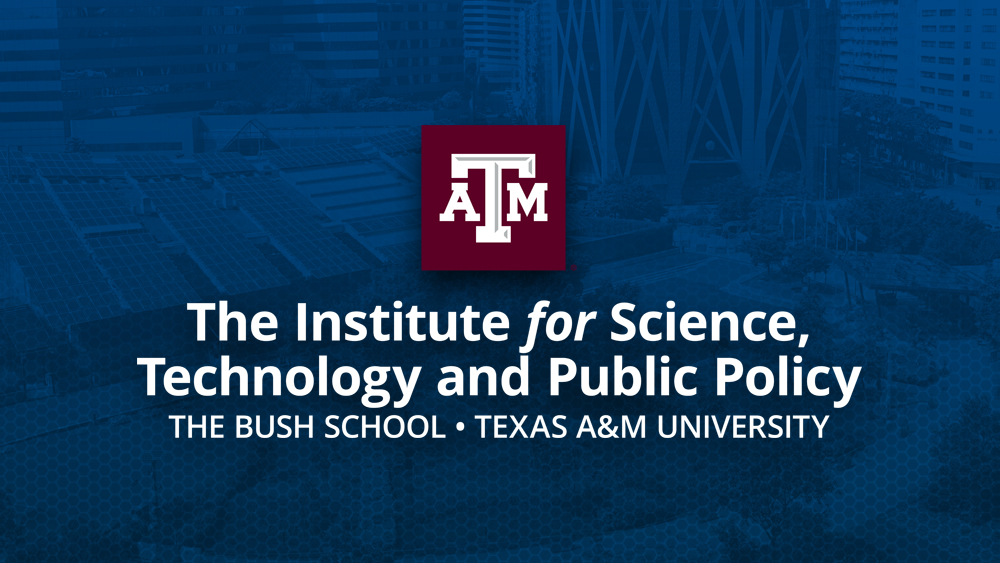
How easy is it for you to get to the grocery store, a gas station or your doctor’s office on a day-to-day basis? What about during storms? Do you have an alternate route that will get you there? A new Texas A&M study by civil engineering graduate student Flavia Ioana Patrascu, Urban Resilience.AI Lab Director Ali Mostafavi and Institute for Science, Technology and Public Policy (ISTPP)Director Arnold Vedlitz, “Disparities in Access and Association between Access to Critical Facilities During Day-to-day and Disrupted Access as a result of Storm Extreme Weather Events,” published in Heliyon 9(2023), examines the interplay of routine access and disrupted access caused by extreme weather to essential facilities. The research team analyzed the responses from an NSF funded 2021 Texas household survey about access-related factors such as day-to-day trip duration, alternative trip duration and loss of access during multiple recent disasters. Results indicate that routine transportation times are associated with disrupted access during storms. The longer the day-to-day trip, the more likely the trip will be extended during hazardous weather. Individuals with lower incomes, nonwhites and those who live in urban areas are more likely to experience longer routine and disrupted commutes to essential facilities. Based on this study Patrascu points out, “A key takeaway from this research is that city managers and planners can reduce disparities in access by stressing the need for equitable distribution of essential facilities.”
